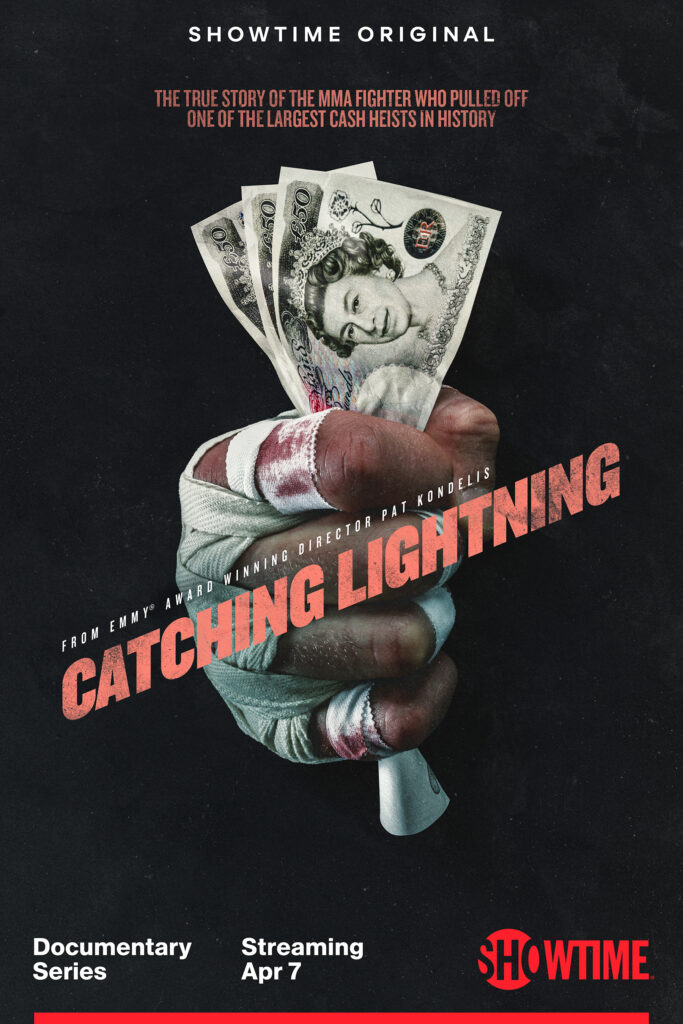A large proportion of the Masai live, for the most part, traditionally. Which means despite the middling efforts of the Kenyan government to integrate the Masai, they choose to eschew the trappings of modern culture and its relative proximity. Life revolves around two things: cattle and village life. Cattle are everything to the Masai: a source of meat, milk, and blood; a system of currency and hierarchy. A man without cattle is a man without position in society – and one who lacks the ability to feed his family. When the Masai come into money, they buy more cattle; when the drought wipes out their herd, they’ll steal another village’s cattle. Culturally, it’s a crippling cycle because it leaves no room for error – there can be no long-range planning when life is lived entirely in the here and now. To an outsider, like myself, this might be read as poverty but the Masai do not think of themselves as poor, as lacking – it is simply how it has always been and shall be. The community is small and tightly knit – no more than a dozen families inhabit this particular village, which is ringed by a circular twig fence and gated in the traditional style. Simple abodes line the perimeter, reserving the majority of the area in the center for cattle. (I cannot tell if the ground is soil or dung or a mixture of both.) Francis, above, is the son of the village chief and he invites me into his home, which is a simple two-room hut like all the others: one room for the baby animals and another for the family. In the family’s sleeping area there is a small cooking area, too, with an open hole to the roof, providing some daylight as well as ventilation. It is dark and claustrophobic and it smells to high heaven because the Masai use a mix of twigs and cow dung as their primary building material. There are no sanitary facilities. There is no running water. By Western standards there is no sign of anything resembling progress – and nobody here seems to mind.











